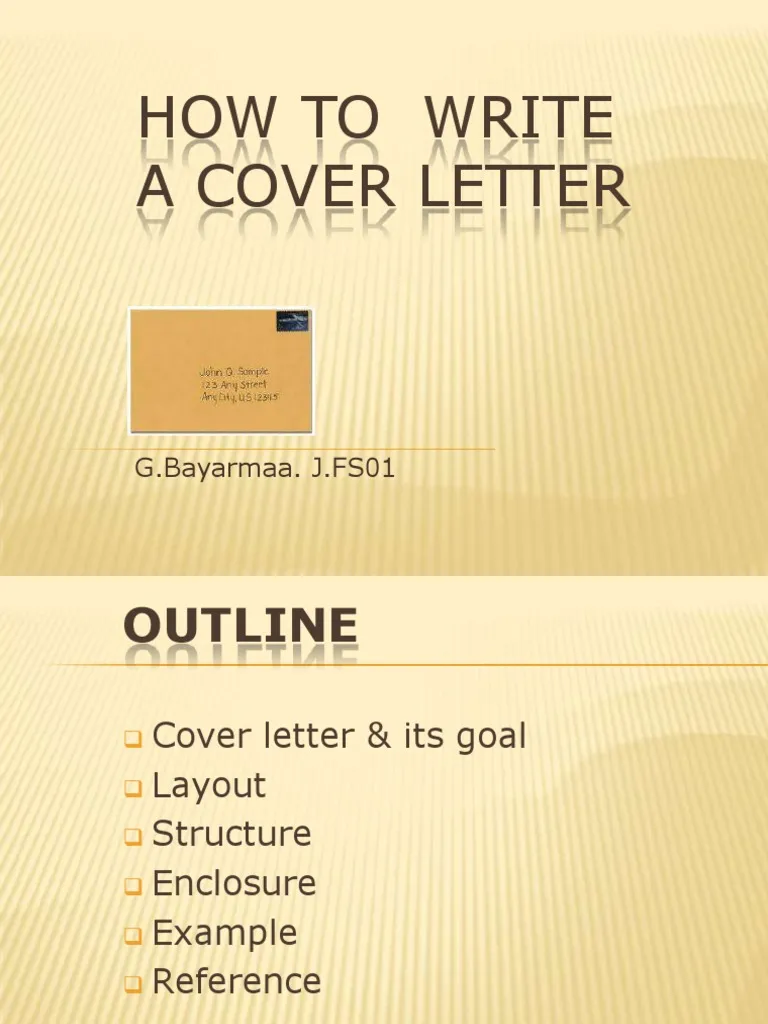What is a Cover Letter?
A cover letter is a crucial document that accompanies your resume when applying for a job. It serves as an introduction to the hiring manager, providing context to your application and highlighting your qualifications and skills. Unlike a resume, which is a factual summary of your work experience and education, a cover letter allows you to express your personality, demonstrate your interest in the specific role and company, and make a compelling case for why you are the ideal candidate. It is your first opportunity to make a positive impression and set yourself apart from other applicants. A well-written cover letter can significantly increase your chances of getting an interview.
The Purpose of a Cover Letter
The primary purpose of a cover letter is to persuade the hiring manager to read your resume and consider you for an interview. It is your chance to tell a story about why you’re a good fit for the role and the company. It allows you to explain your career goals, showcase your relevant experience and skills, and express your enthusiasm for the opportunity. A cover letter complements your resume by adding a personal touch and demonstrating your communication skills. It provides a platform to highlight your key accomplishments, explain any gaps in your employment history, and address any specific requirements or preferences mentioned in the job description. It shows you’ve taken the time to understand the role and tailor your application accordingly.
Cover Letter Structure
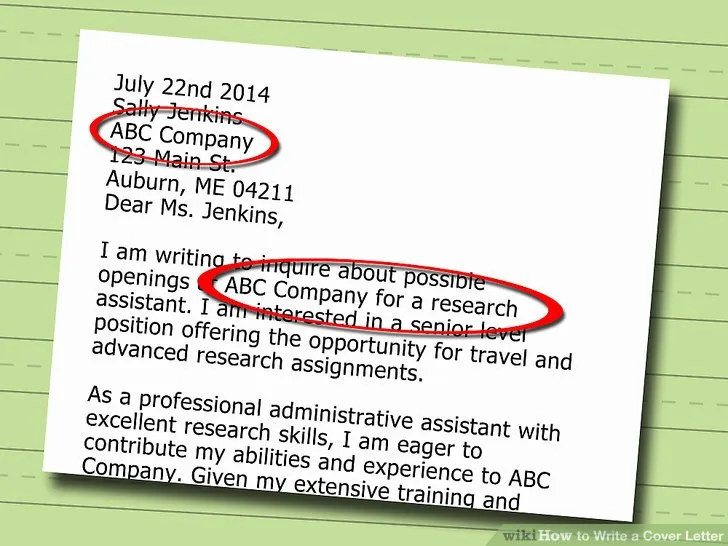
A well-structured cover letter typically follows a standard format that includes a header, salutation, opening paragraph, body paragraphs, closing paragraph, and signature. This structure helps to organize your thoughts, present your information logically, and make it easy for the reader to follow along. Each section plays a specific role in conveying your message and demonstrating your suitability for the role. Adhering to a clear structure not only enhances the readability of your cover letter but also reflects your professionalism and attention to detail, which are essential qualities employers look for. Ensure that your cover letter has a professional look and feel to it, using a clean and easy-to-read font like Times New Roman, Arial, or Calibri, and avoid using excessive colors, graphics, or images that could distract the reader.
Header
The header of your cover letter should include your contact information, such as your full name, address, phone number, and email address. This information should be clearly visible at the top of the page so the hiring manager can easily contact you. Also, include the date and the recipient’s information (name, title, company, and address). If you have a professional online presence, such as a LinkedIn profile or a personal website, you may consider including the link in your header. Ensure that your contact information is up-to-date and accurate. The header sets the stage for your application by providing essential information and establishing a professional tone.
Salutation
The salutation is the greeting you use to address the hiring manager. It is essential to address the recipient by name whenever possible; research the name of the hiring manager or the person in charge of hiring. If you can’t find a specific name, use a professional greeting such as ‘Dear Hiring Manager’ or ‘Dear [Department Name] Team’. Avoid generic greetings such as ‘To Whom It May Concern’, which can make your cover letter sound impersonal. The salutation sets the tone for your entire letter, so ensure it is respectful and professional. Use the correct title (Mr., Ms., Dr., etc.) if you know it, and double-check the spelling of the person’s name.
Opening Paragraph Grab Attention
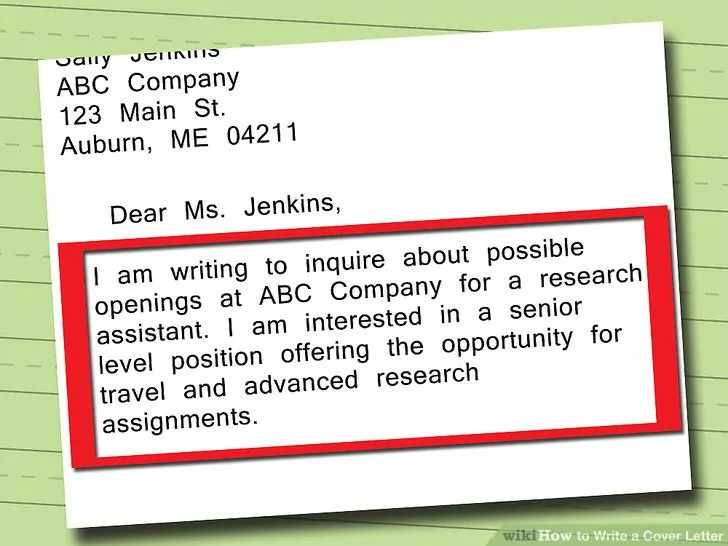
The opening paragraph is your opportunity to grab the hiring manager’s attention and make a strong first impression. Start by stating the position you are applying for and how you learned about the opportunity. Briefly mention why you are interested in the role and the company. This is where you should express your enthusiasm and make it clear that you understand what the company is looking for. You can also mention a key achievement or a skill that aligns with the job requirements. Keep this paragraph concise and engaging, aiming to hook the reader and make them want to learn more about you.
Body Paragraphs Highlight Your Skills
The body paragraphs are where you elaborate on your qualifications, skills, and experience, demonstrating how they align with the job requirements. Use these paragraphs to showcase your accomplishments and provide specific examples of how you have contributed to previous employers. Quantify your achievements whenever possible using numbers and data to illustrate your impact. Tailor your content to match the keywords and requirements outlined in the job description, highlighting the skills and experience that are most relevant. Use the STAR method (Situation, Task, Action, Result) to describe your experiences and demonstrate your problem-solving abilities. Focus on the value you can bring to the company and how you can help them achieve their goals.
Researching the Company and Role
Thorough research is crucial to writing a compelling cover letter. Before you begin, research the company, its mission, values, and recent developments. Understand the role’s responsibilities and the skills and qualifications required. This information will enable you to tailor your cover letter and demonstrate your genuine interest in the position. Visit the company’s website, read news articles, and check their social media profiles to get a better understanding of their culture and goals. Show the hiring manager that you’ve taken the time to learn about the company and how your skills and experience align with their needs. By demonstrating your knowledge of the company and the role, you significantly increase your chances of making a positive impression.
Tailoring Your Cover Letter
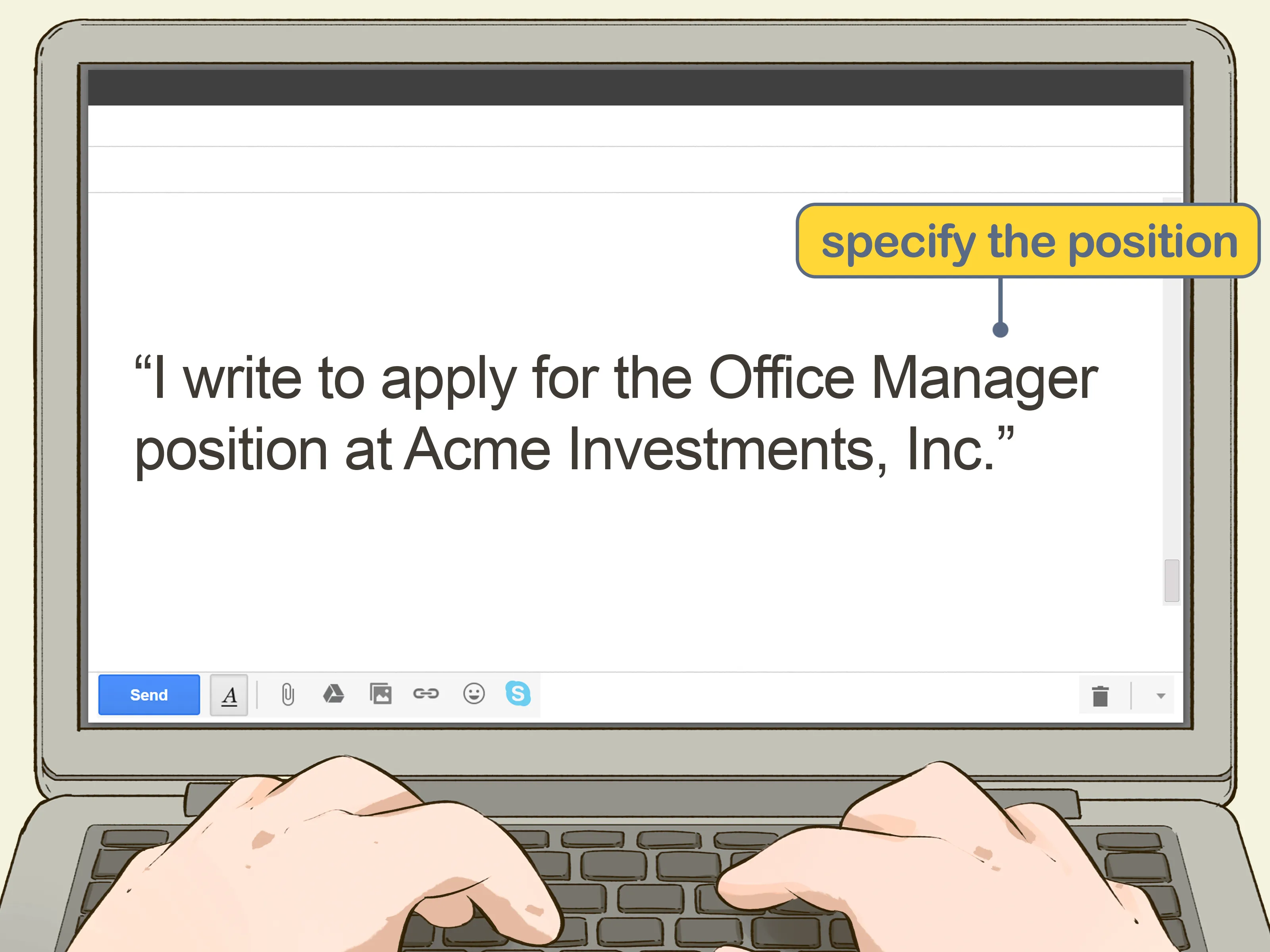
A generic cover letter will not impress hiring managers. Tailor your cover letter to each specific job application, reflecting the unique requirements of the role and the company. Review the job description carefully, identifying the key skills and qualifications the employer is seeking. Then, highlight your relevant experience and skills that align with these requirements. Customize your letter by using the company’s name, mentioning specific projects or initiatives, and demonstrating your understanding of their business. Tailoring your cover letter shows that you have taken the time to consider the position carefully and are genuinely interested in the opportunity. This demonstrates attention to detail and a proactive approach, both valuable qualities in a candidate.
Quantifying Achievements
Quantify your achievements in your cover letter to demonstrate your impact and make your claims more credible. Instead of simply stating that you increased sales, provide the percentage or dollar amount by which you increased sales. If you improved efficiency, mention the percentage of time or resources you saved. Use numbers and data to support your claims and provide tangible evidence of your accomplishments. By quantifying your achievements, you make your cover letter more persuasive and show the hiring manager the value you can bring to the company. Quantifiable achievements give the hiring manager a clear understanding of your impact and your ability to deliver results.
Closing Paragraph and Call to Action
The closing paragraph should summarize your key qualifications and restate your interest in the position. Reiterate your enthusiasm and reiterate your desire for an interview. Include a clear call to action, such as ‘I am eager to discuss my qualifications further and how I can contribute to your team.’ or ‘Thank you for your time and consideration. I look forward to hearing from you soon.’ Be polite and professional in your closing. End your letter with a professional closing, such as ‘Sincerely,’ or ‘Best regards,’ followed by your typed name. Provide a space for your signature if you’re printing the letter.
Expressing Enthusiasm
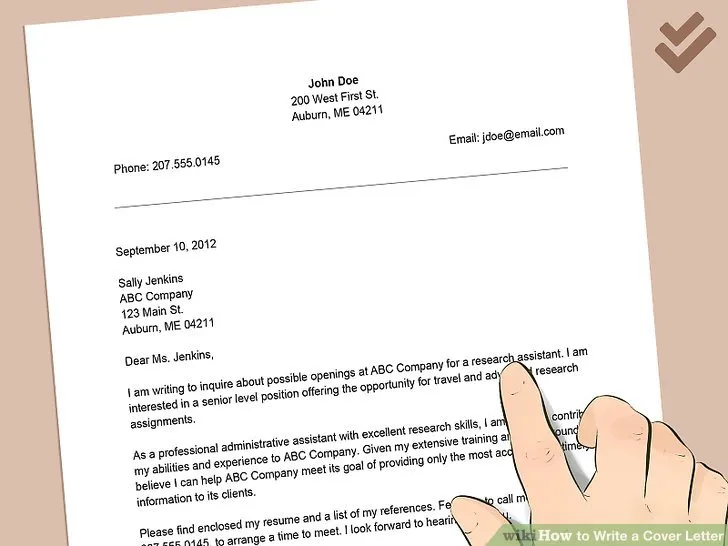
Expressing enthusiasm for the role and the company is crucial to making a positive impression. Show your interest by mentioning specific aspects of the company that appeal to you, such as its mission, values, or recent achievements. Explain why you’re excited about the opportunity and how it aligns with your career goals. Demonstrate your enthusiasm by using positive language and highlighting your willingness to contribute to the company’s success. Enthusiasm shows that you are not just looking for a job but are genuinely interested in being part of their team. Your eagerness will make you stand out and increase your chances of making a memorable impression.
Proofreading and Editing
Proofreading and editing your cover letter are essential steps to ensure it is free of errors and presents you in the best possible light. Carefully review your cover letter for any grammatical errors, typos, or inconsistencies in formatting. Read your letter aloud to catch any awkward phrasing or unclear sentences. Use a spell-checker and grammar checker, but don’t rely on them completely. It’s also helpful to have a friend or colleague proofread your cover letter to provide a fresh perspective and catch any mistakes you may have missed. Proofreading is a vital step that demonstrates your attention to detail, professionalism, and commitment to quality. A polished cover letter increases your credibility and makes a positive impression on the hiring manager.
Common Cover Letter Mistakes
Avoid common mistakes that can undermine your cover letter and decrease your chances of getting an interview. Avoid generic or impersonal greetings, such as ‘To Whom It May Concern’. Do not use overly long paragraphs or complex sentences. Make sure your cover letter is concise and to the point. Another mistake is using language that is too informal or casual, it is vital to be professional. Be sure to avoid repeating information that is already in your resume; the cover letter is an opportunity to expand on relevant points and highlight your qualifications. A cover letter filled with errors makes you appear careless and unprofessional, so be careful about grammar and typos.
Overused Phrases and Clichés
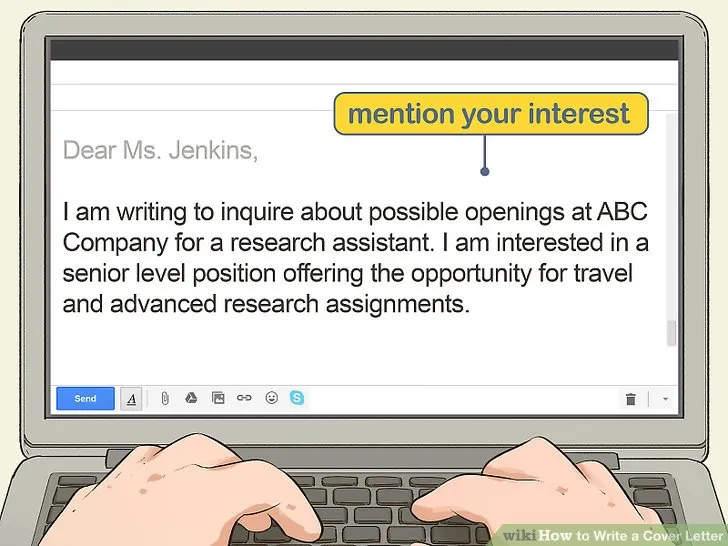
Steer clear of overused phrases and clichés in your cover letter. Phrases such as ‘I am writing to express my interest’ or ‘I am a team player’ have become commonplace and lack originality. Avoid using generic statements that do not provide any specific information about your skills and qualifications. Instead, use specific examples and quantifiable achievements to showcase your abilities. Use action verbs to describe your experience and demonstrate your problem-solving skills. Replacing clichés with strong and unique phrasing shows creativity and attention to detail, making your cover letter more engaging and memorable.
Formatting and Presentation
Formatting and presentation are essential elements of a professional cover letter. Use a clean, easy-to-read font such as Times New Roman, Arial, or Calibri. Use a standard font size of 11 or 12 points. Use single spacing for your body text and double spacing between paragraphs. Include your contact information at the top of the letter. Ensure that the text is aligned, and your letter is easy to scan. Create a well-structured document that is visually appealing and professional, and avoid using flashy colors or distracting graphics. Ensure your cover letter is properly formatted before submitting to demonstrate attention to detail, professionalism, and a commitment to presenting yourself in the best possible light.
Using a Professional Font
Choose a professional font to make your cover letter visually appealing and easy to read. The font you select can influence the overall impression the hiring manager has of you. Common professional fonts include Times New Roman, Arial, and Calibri. These fonts are widely recognized and easy to read on a variety of devices. Avoid using fonts that are too decorative or difficult to read, such as Comic Sans or Brush Script. Opt for a font size between 11 and 12 points to ensure readability. Using a professional font not only enhances the appearance of your cover letter but also demonstrates your attention to detail and your commitment to presenting a professional image.
File Format and Submission
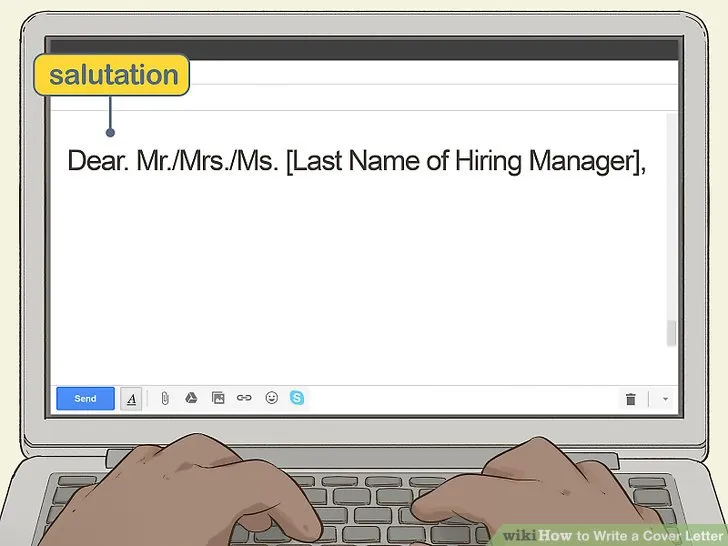
Pay attention to the file format and submission instructions when submitting your cover letter. Save your cover letter as a PDF (Portable Document Format) file whenever possible. A PDF ensures your formatting will be preserved, regardless of the device or software used to open the document. When submitting your cover letter online, carefully follow the instructions provided by the employer. If the job posting specifies a particular file name or format, adhere to it. Double-check that the cover letter and resume are attached correctly. Ensure that all documents are submitted before the deadline. Adhering to file format and submission guidelines shows that you’re attentive to detail and respect the employer’s instructions.
Tips for Different Job Types
Tailor your cover letter to the specific job type you’re applying for to increase its effectiveness. Some types of jobs are entry-level, experienced professionals, and specific industries. Research the common expectations and requirements for each category to ensure your cover letter meets the needs of the employer. Highlight the most relevant skills and experiences for each job type. By tailoring your cover letter, you demonstrate your adaptability, understanding of the job market, and attention to detail.
Entry-Level Cover Letters
For entry-level positions, focus on your education, relevant coursework, internships, volunteer work, and any transferable skills you possess. Highlight any achievements, such as awards, honors, or projects you completed. Express your enthusiasm for the field and your willingness to learn. Since you may have limited work experience, emphasize your potential and your eagerness to contribute to the company. Demonstrate your adaptability and desire to learn new skills. Entry-level cover letters allow you to show your commitment to your career and potential for growth.
Cover Letters for Experienced Professionals

For experienced professionals, focus on your accomplishments and the value you’ve provided to previous employers. Highlight your key skills and the impact you’ve made in your previous roles. Quantify your achievements whenever possible by using numbers and data to demonstrate your impact. Show how your experience aligns with the requirements of the job description. Also, show how your experience will directly contribute to the company’s goals. For experienced professionals, your cover letter should highlight your value and the contributions you can make to their team.
Cover Letters for Specific Industries
When applying for jobs in specific industries, tailor your cover letter to the industry’s expectations and terminology. Research the industry’s best practices and highlight the relevant skills and experiences that align with their needs. Use the industry-specific keywords in your cover letter to show that you understand the industry’s standards. Show your knowledge of the industry, its trends, and challenges. Tailor your cover letter to meet the specific requirements of the industry. Demonstrate your awareness of the industry’s goals and how you can contribute to their success.
